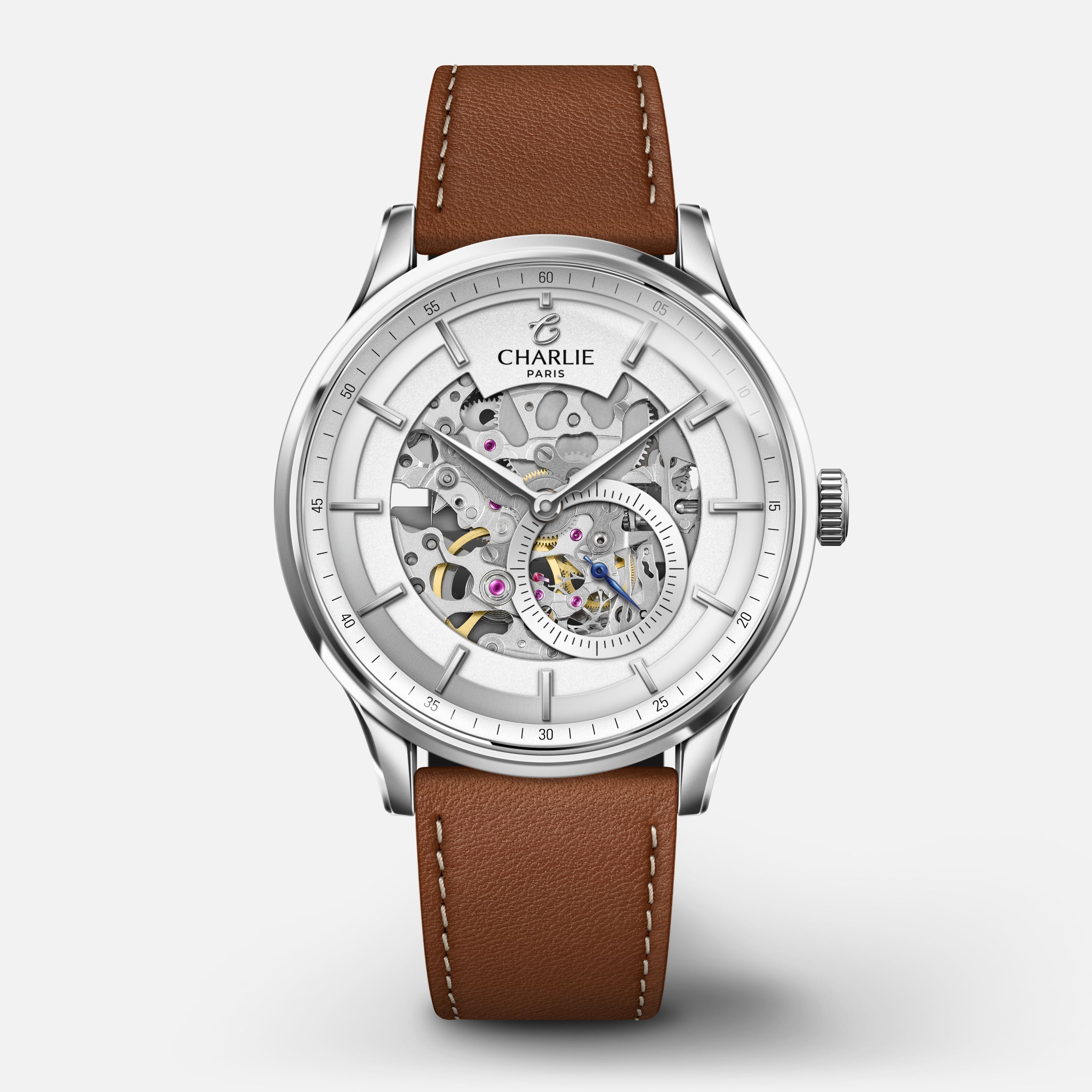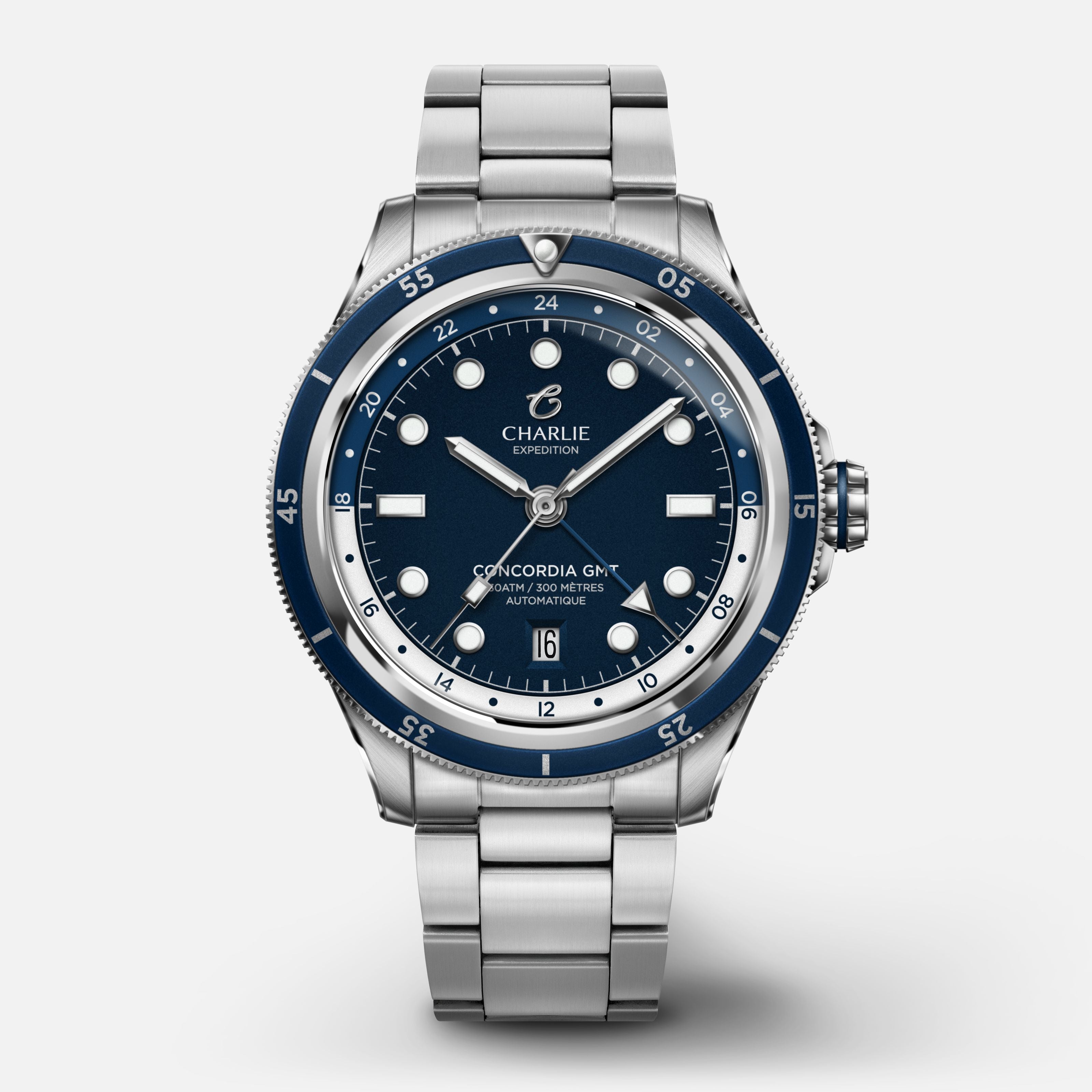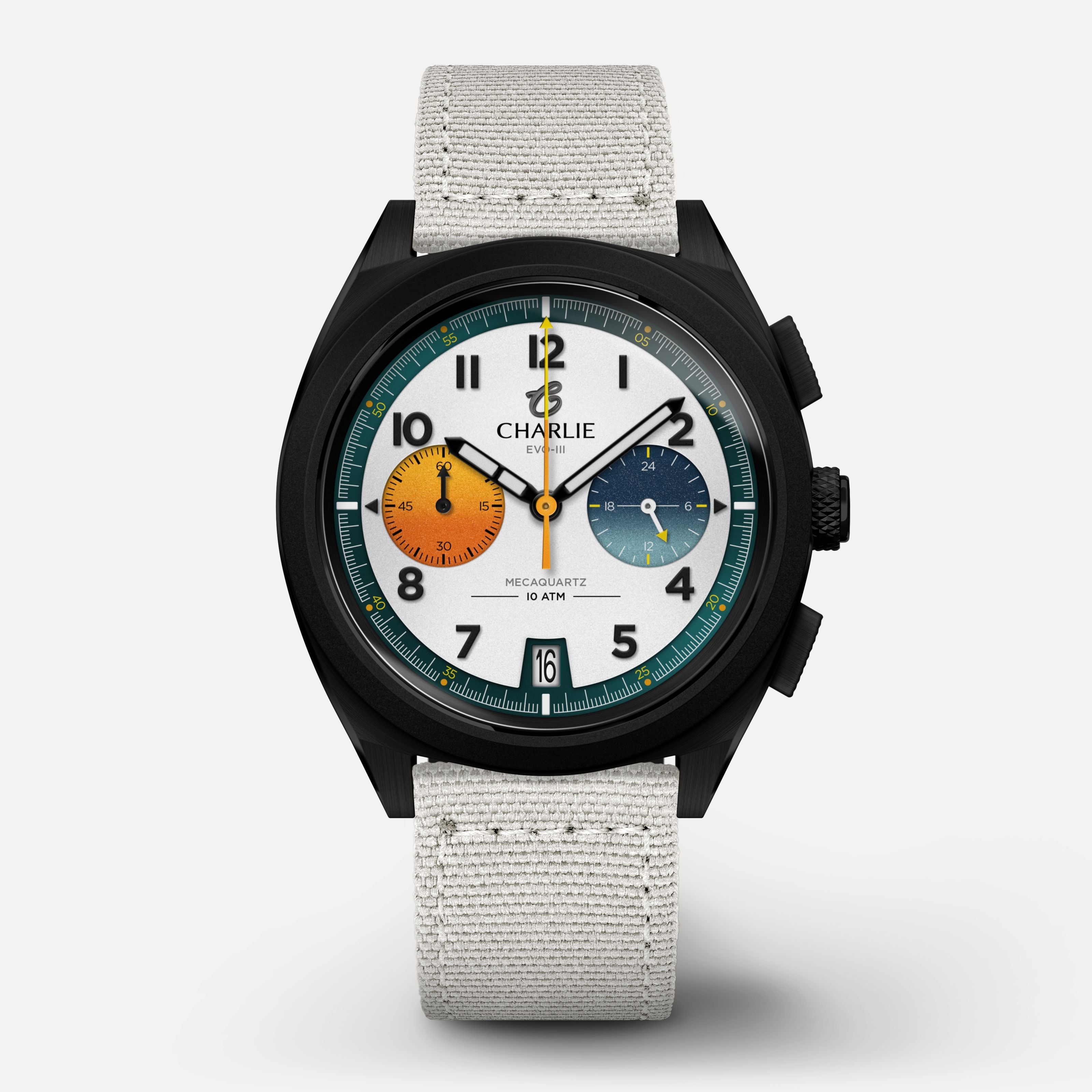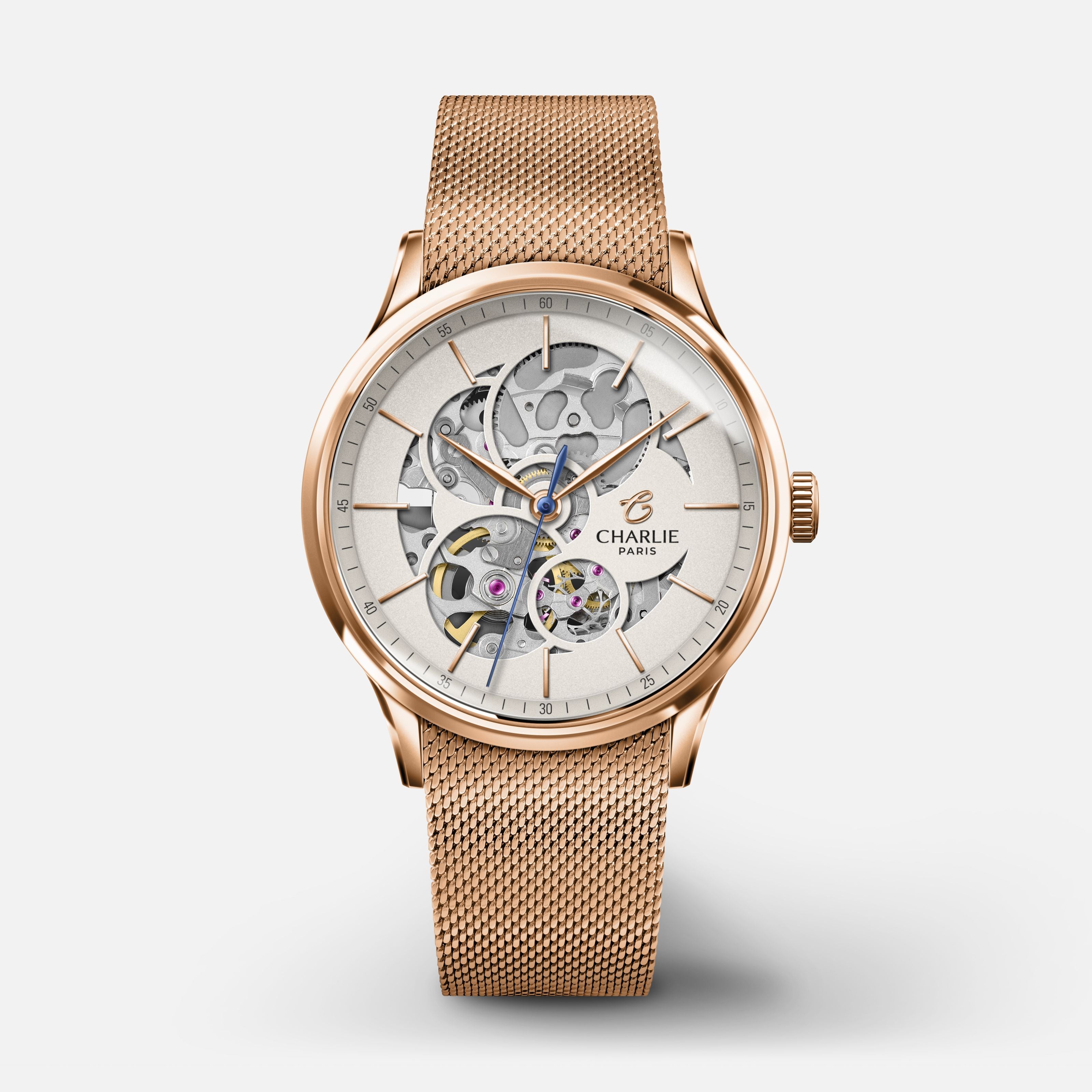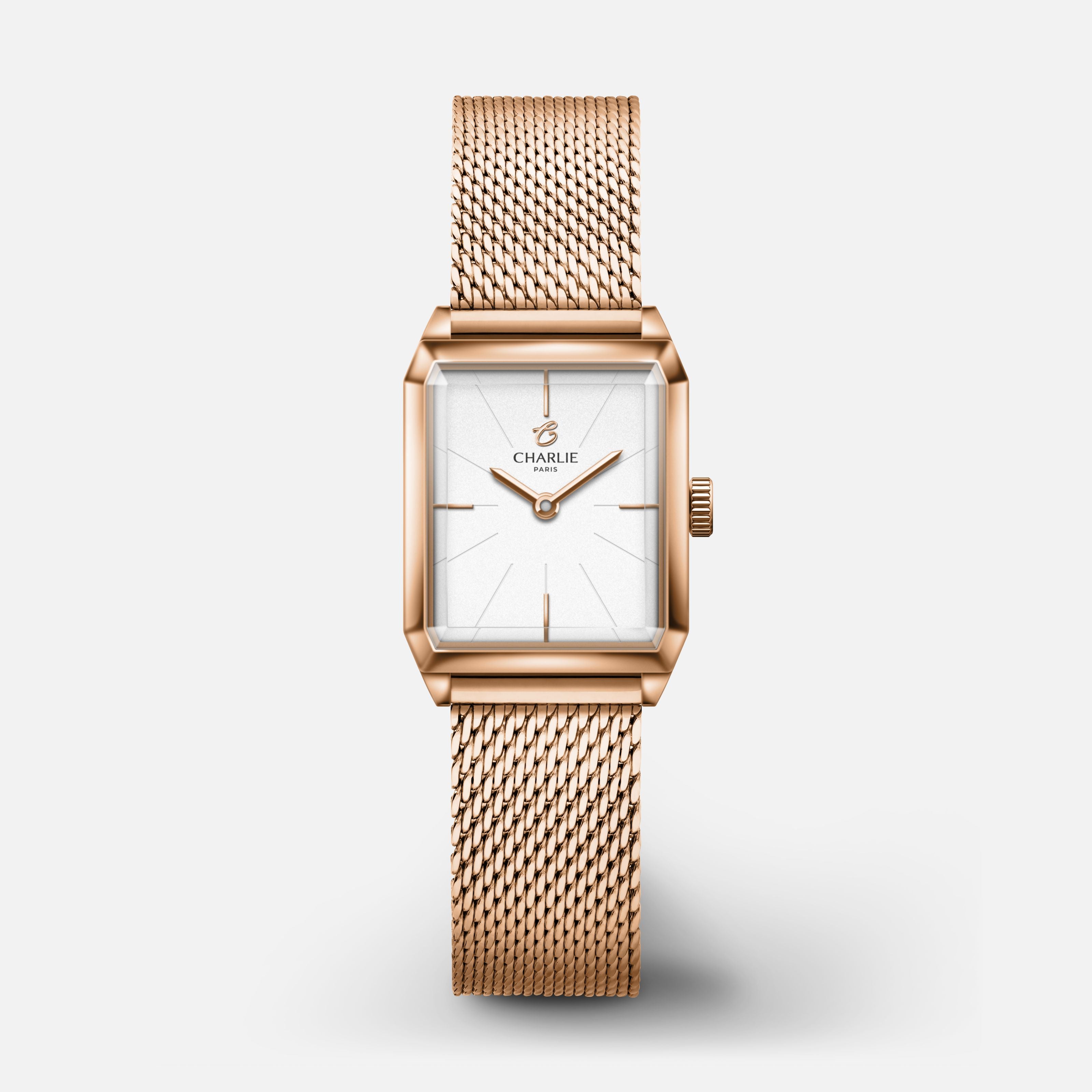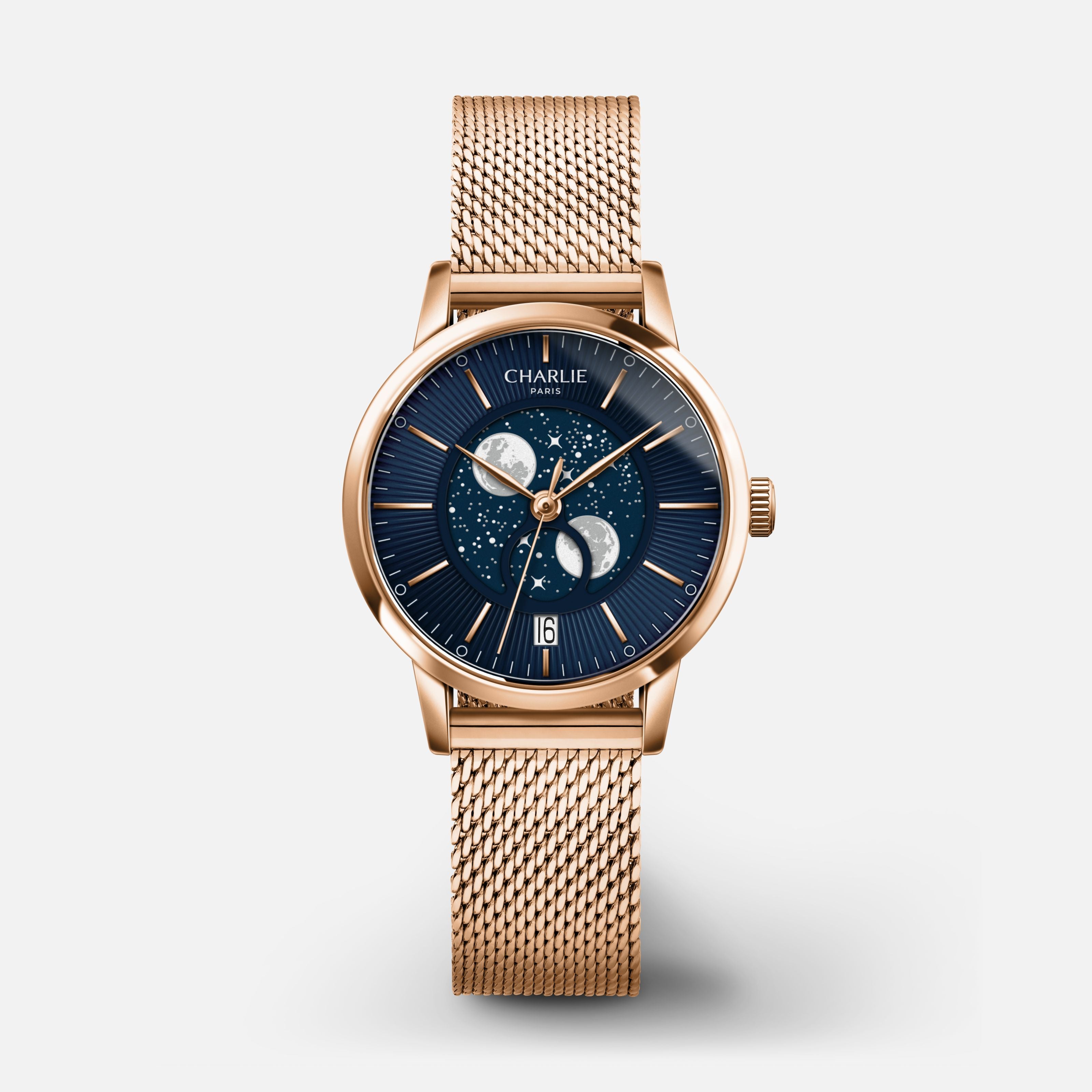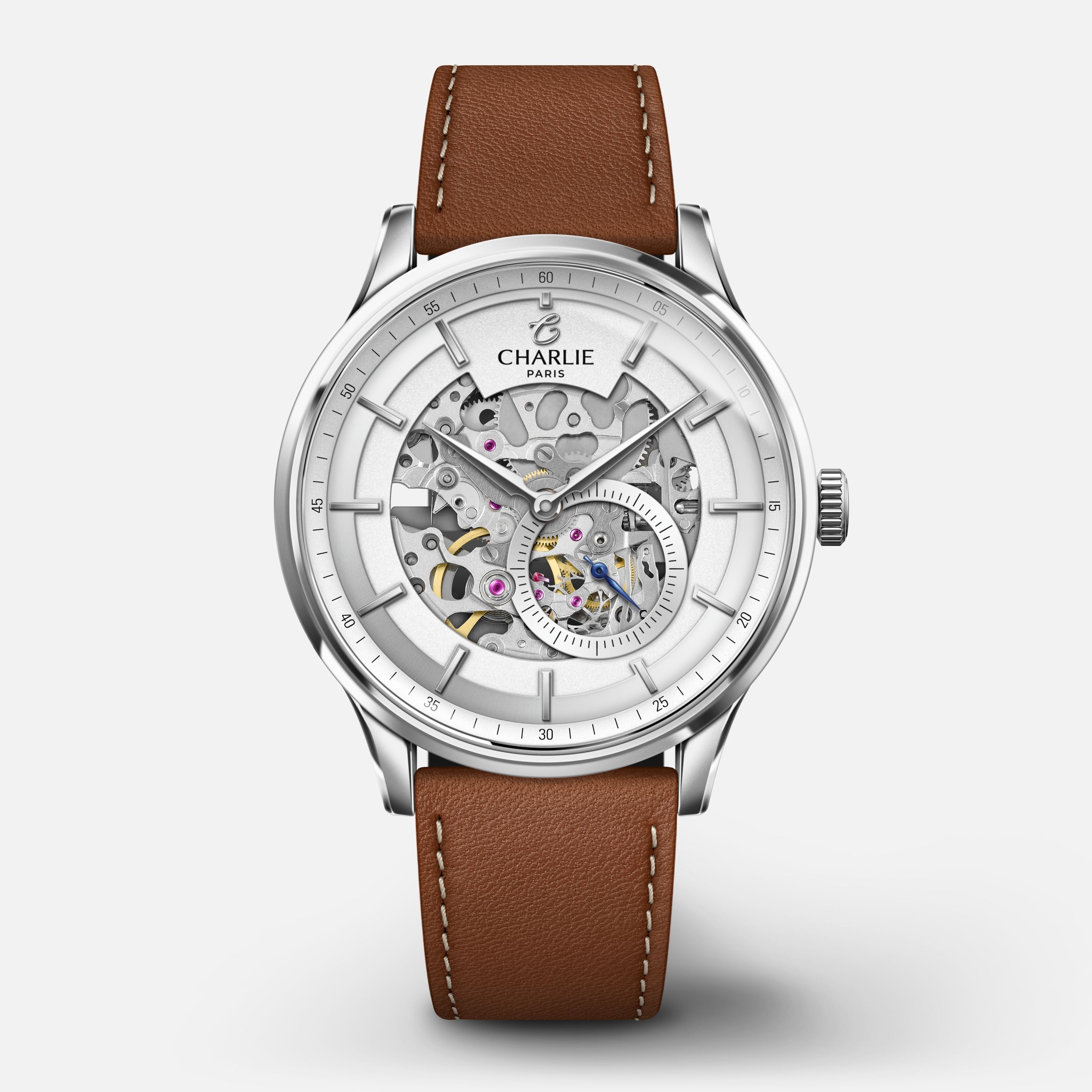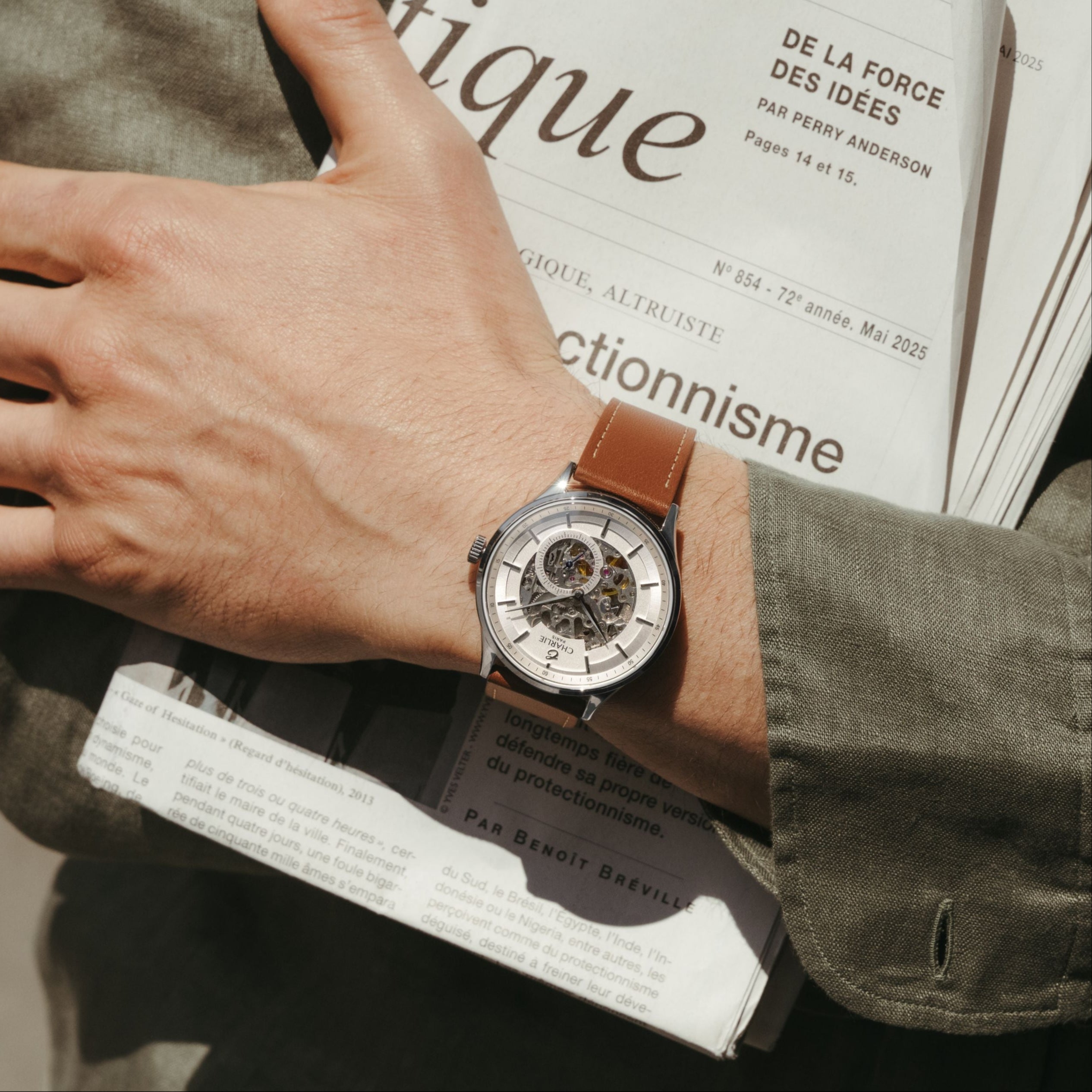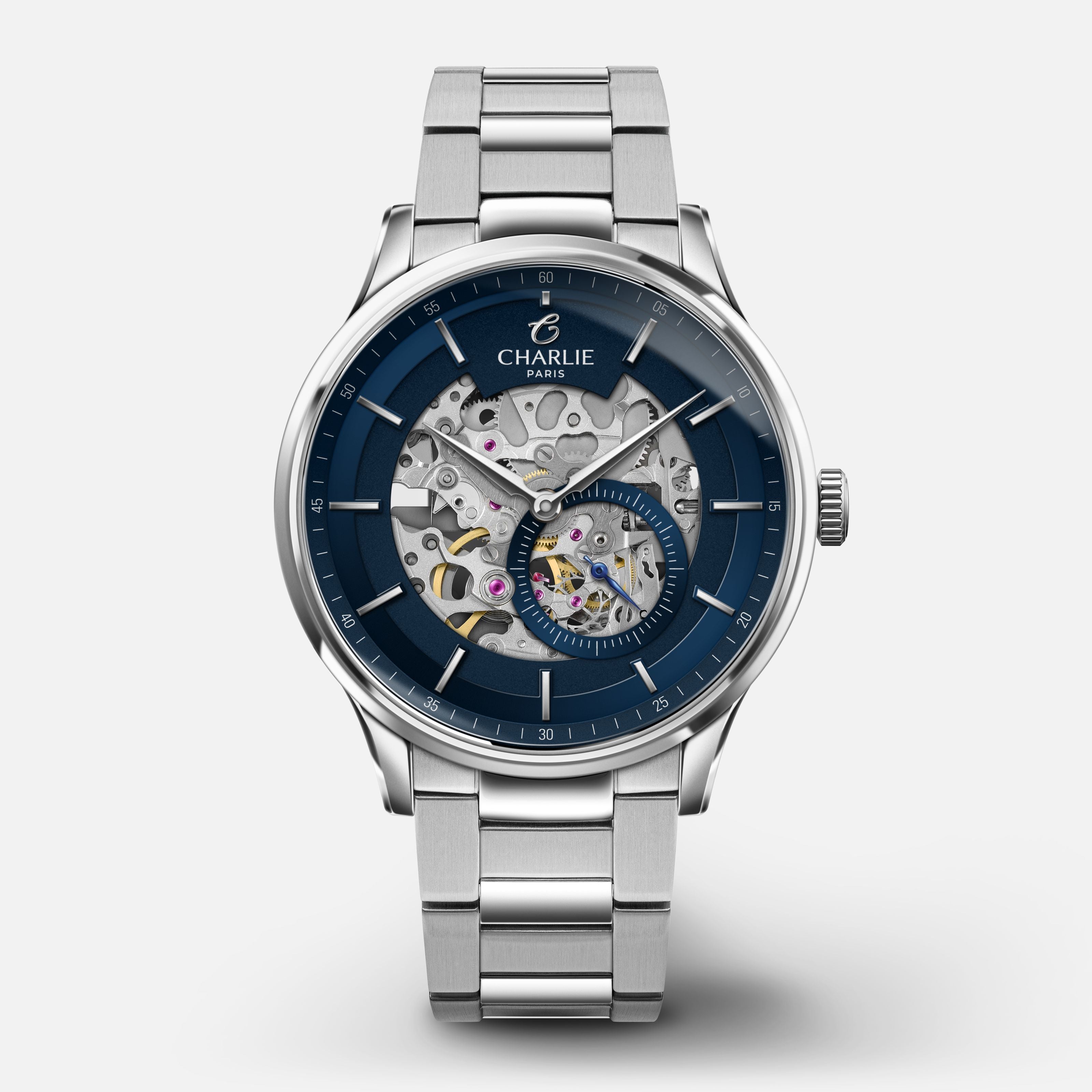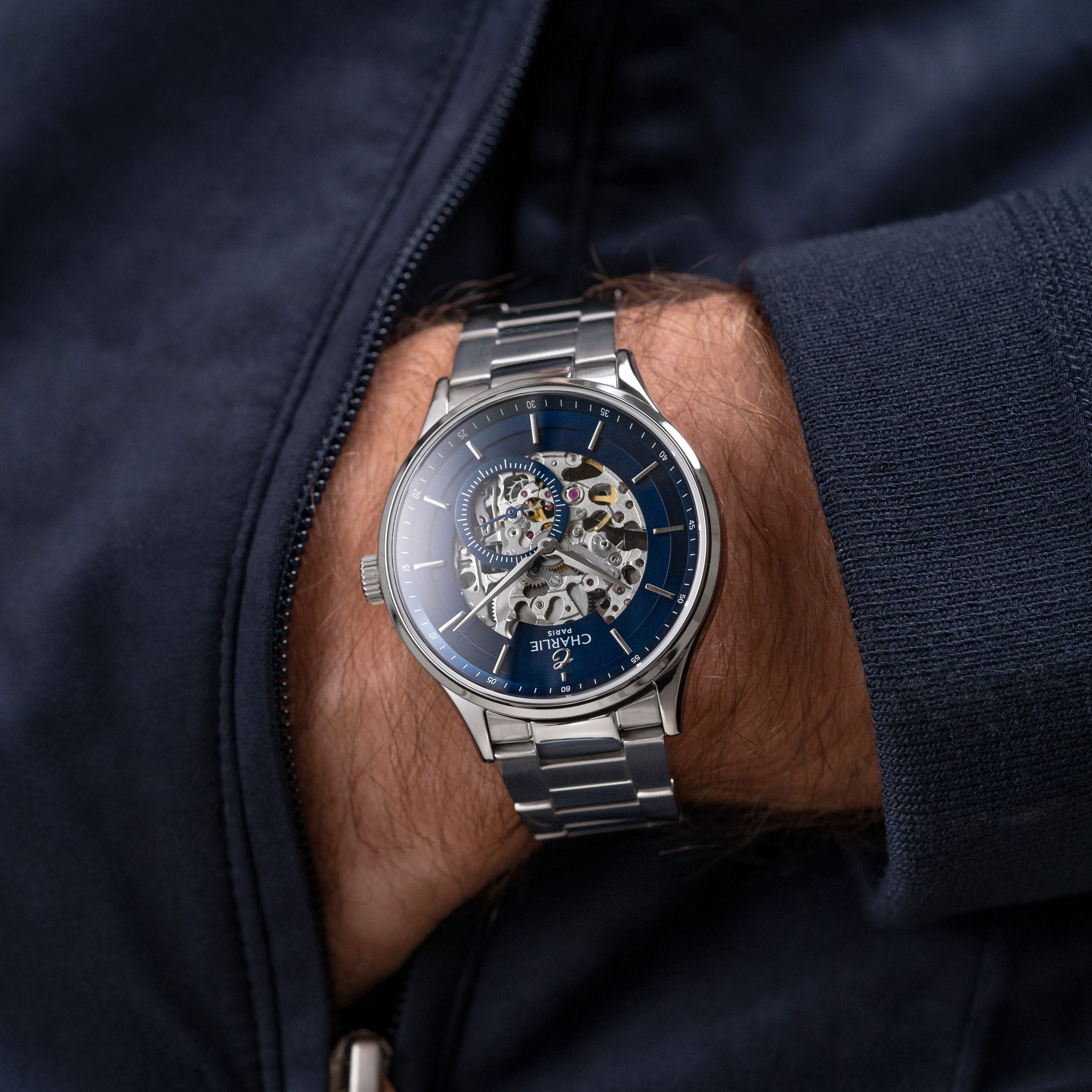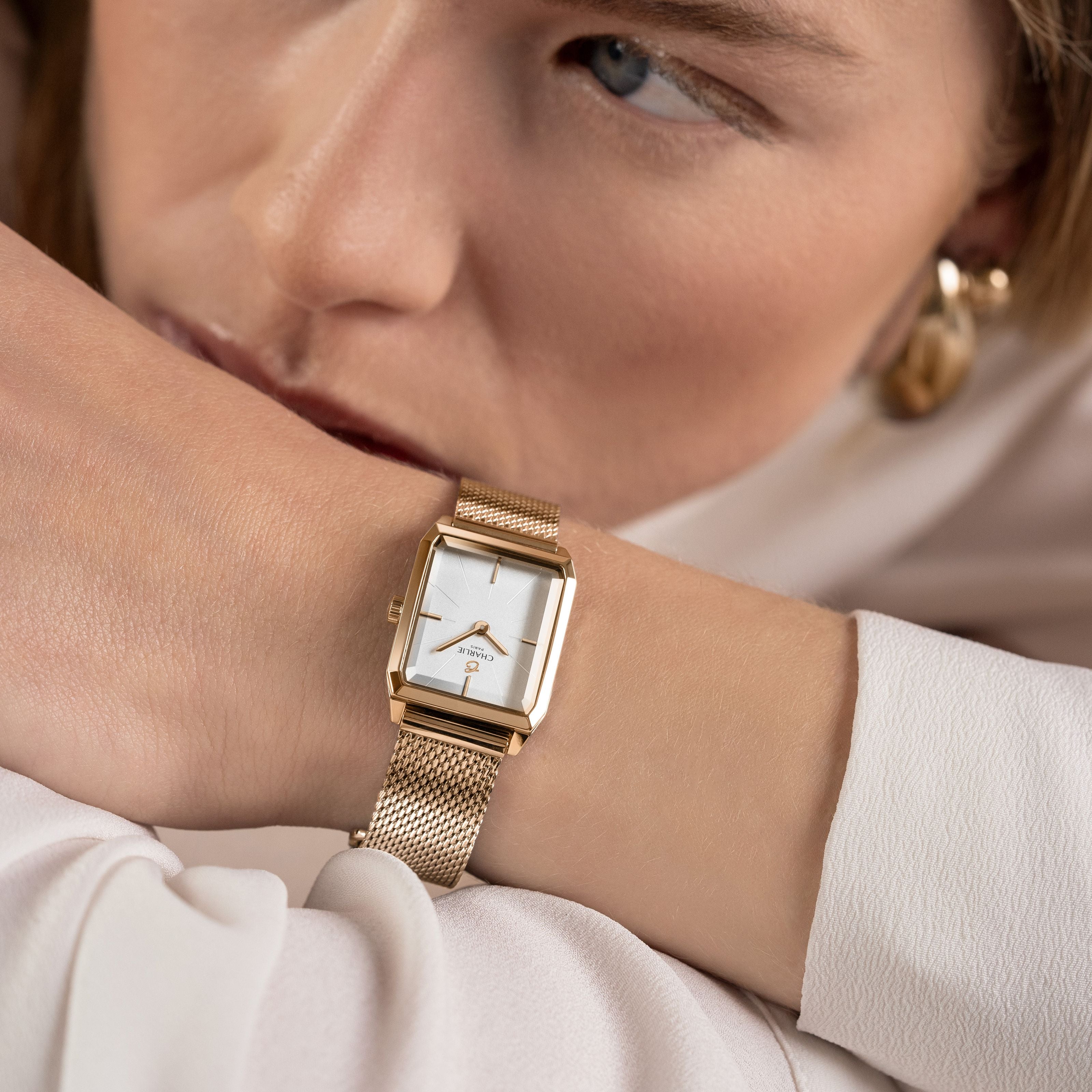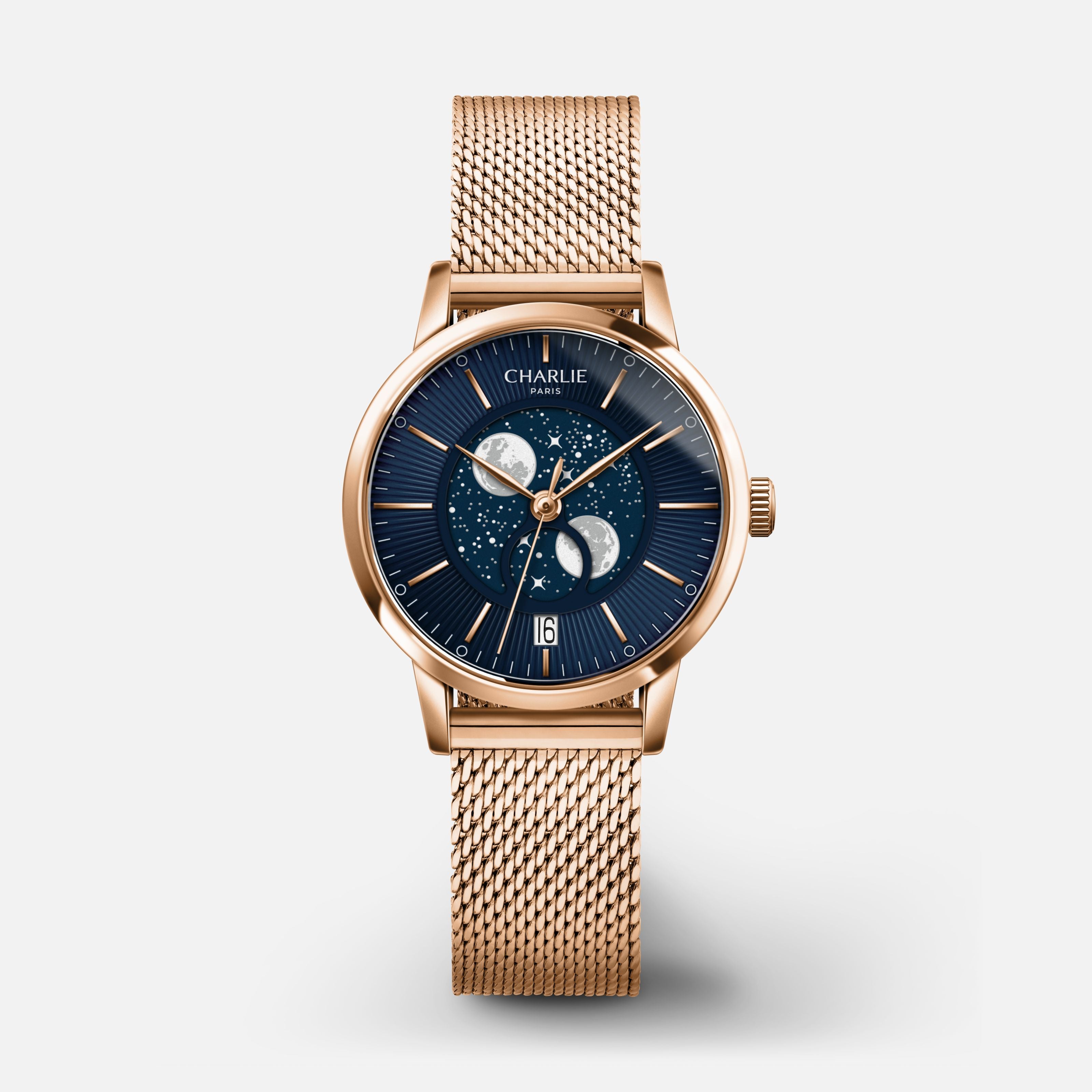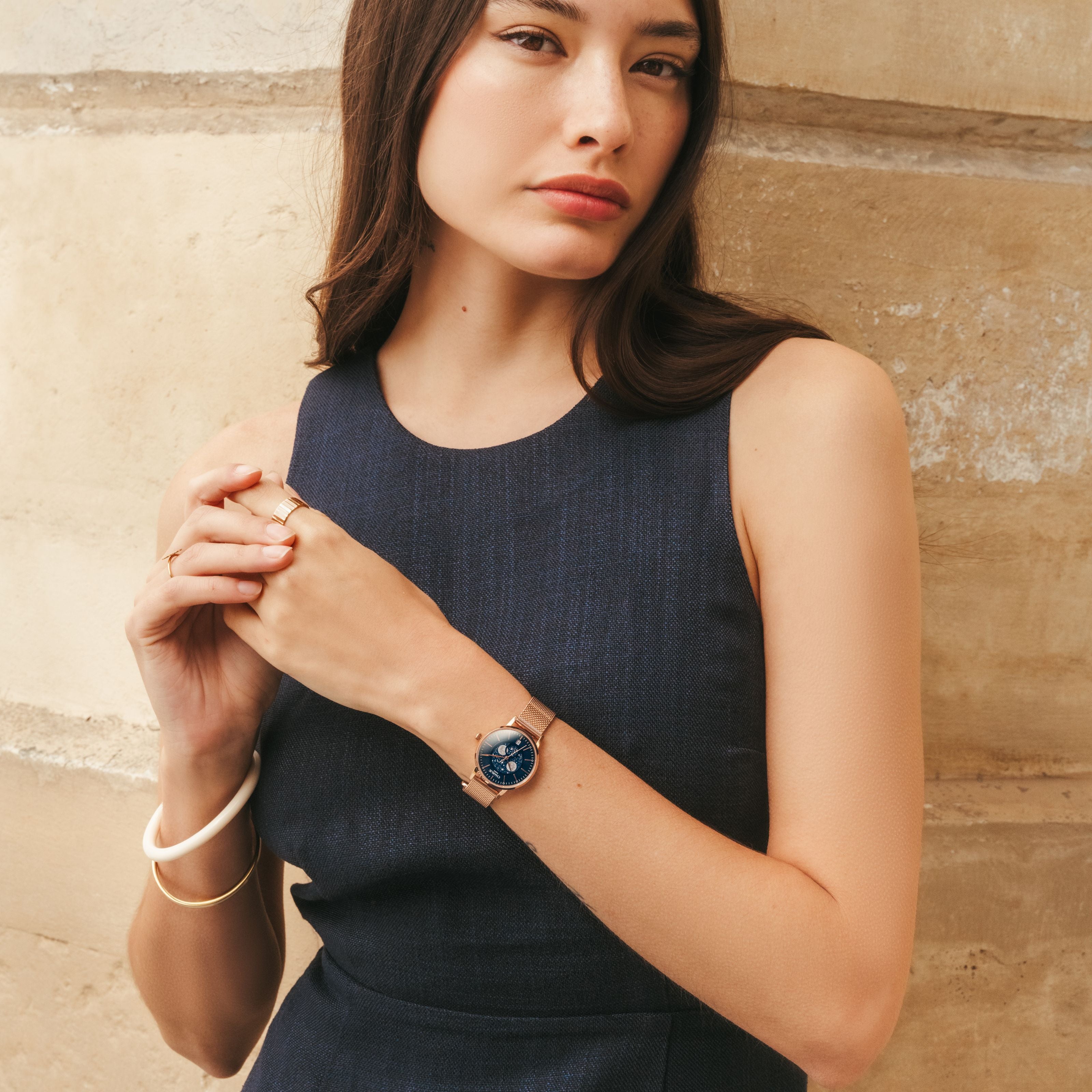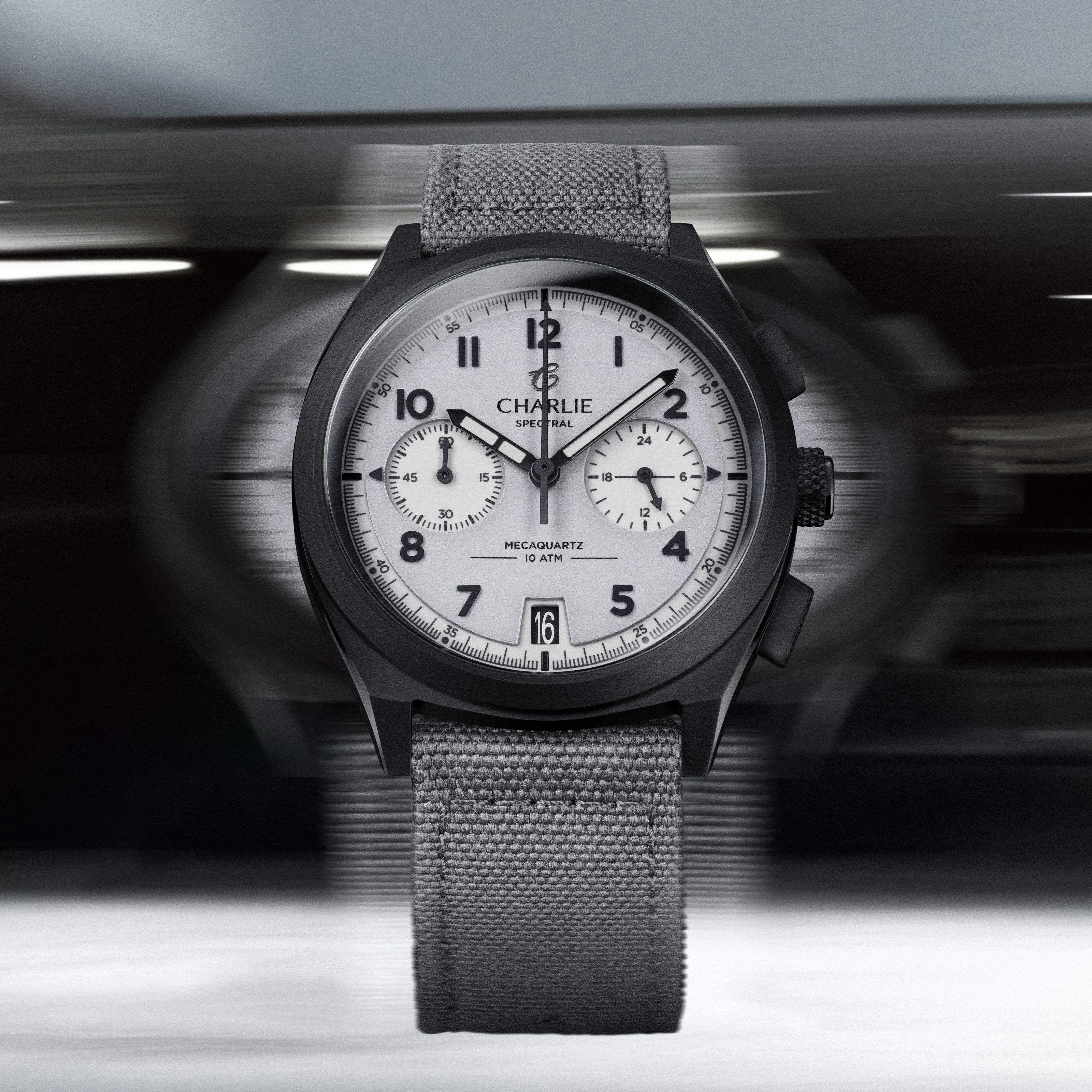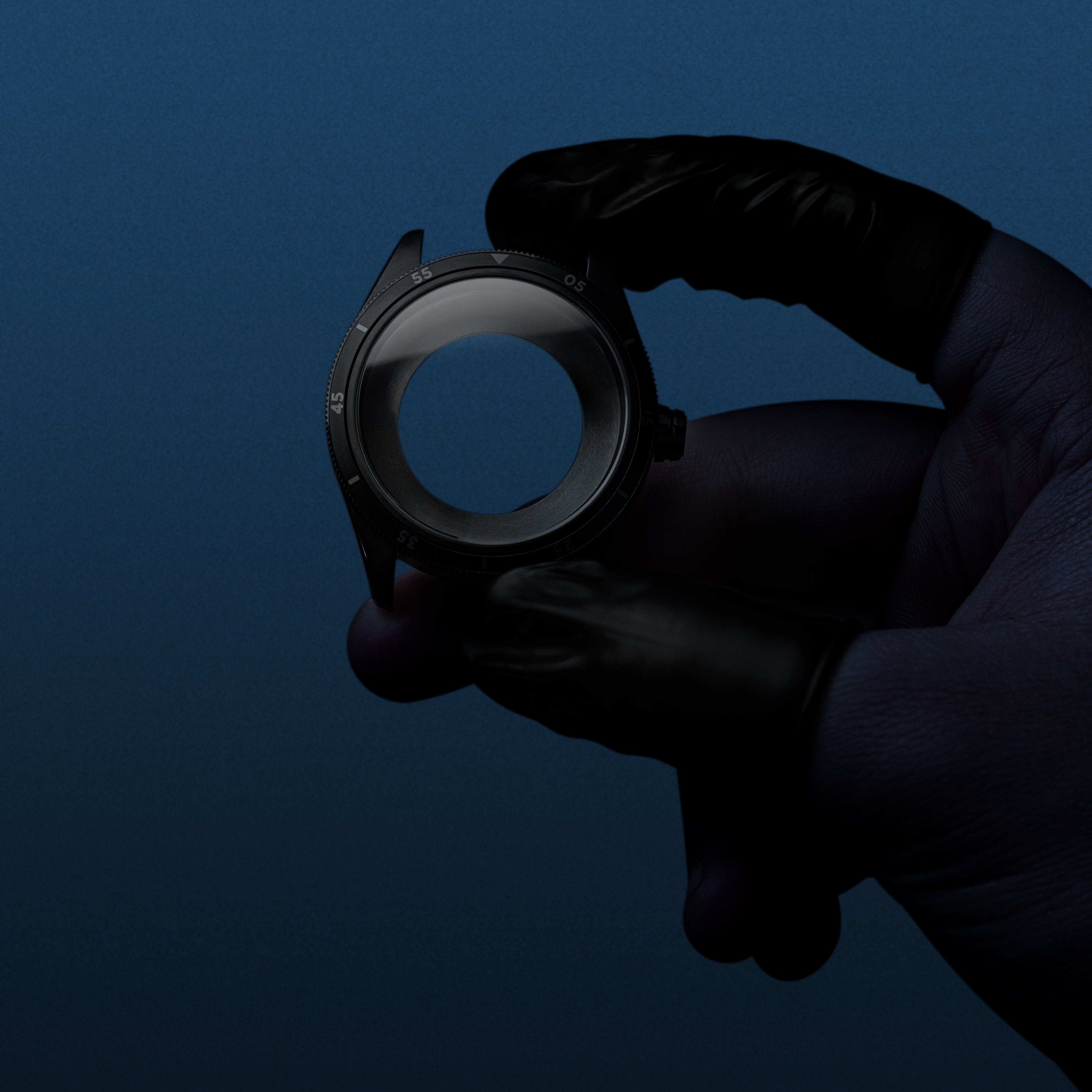
The Geneva seal is a certification of excellence and the emblem of Geneva's fine watchmaking. But how to obtain this label of excellence? In this article, Team Charlie Paris presents the criteria t...

Meet Samuel Redon, surfer and Charlie Paris ambassador, to celebrate the launch of our new Concordia Azur watch. He shares his vision of surfing, time, and freedom, and reflects on his unique conn...
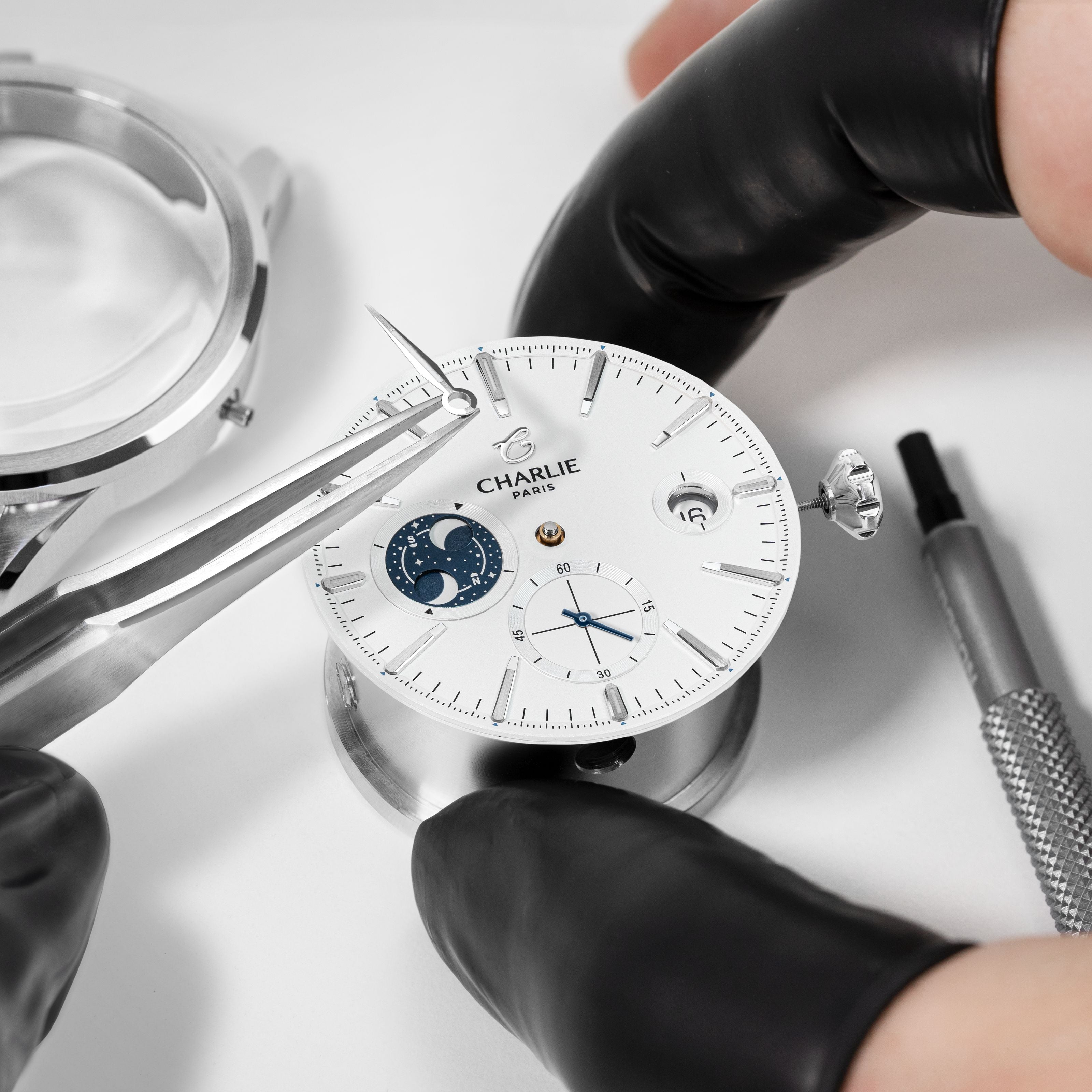
The mention "Swiss made" is recognized and you may have already come across it but do you know what is behind this mention? Today, Team Charlie Paris presents you what the label "Swiss Made" means.
In this article, the Charlie Paris team informs you about some points to respect with a summer watch and offers you its selection of watches for men and women, ideal for this summer.
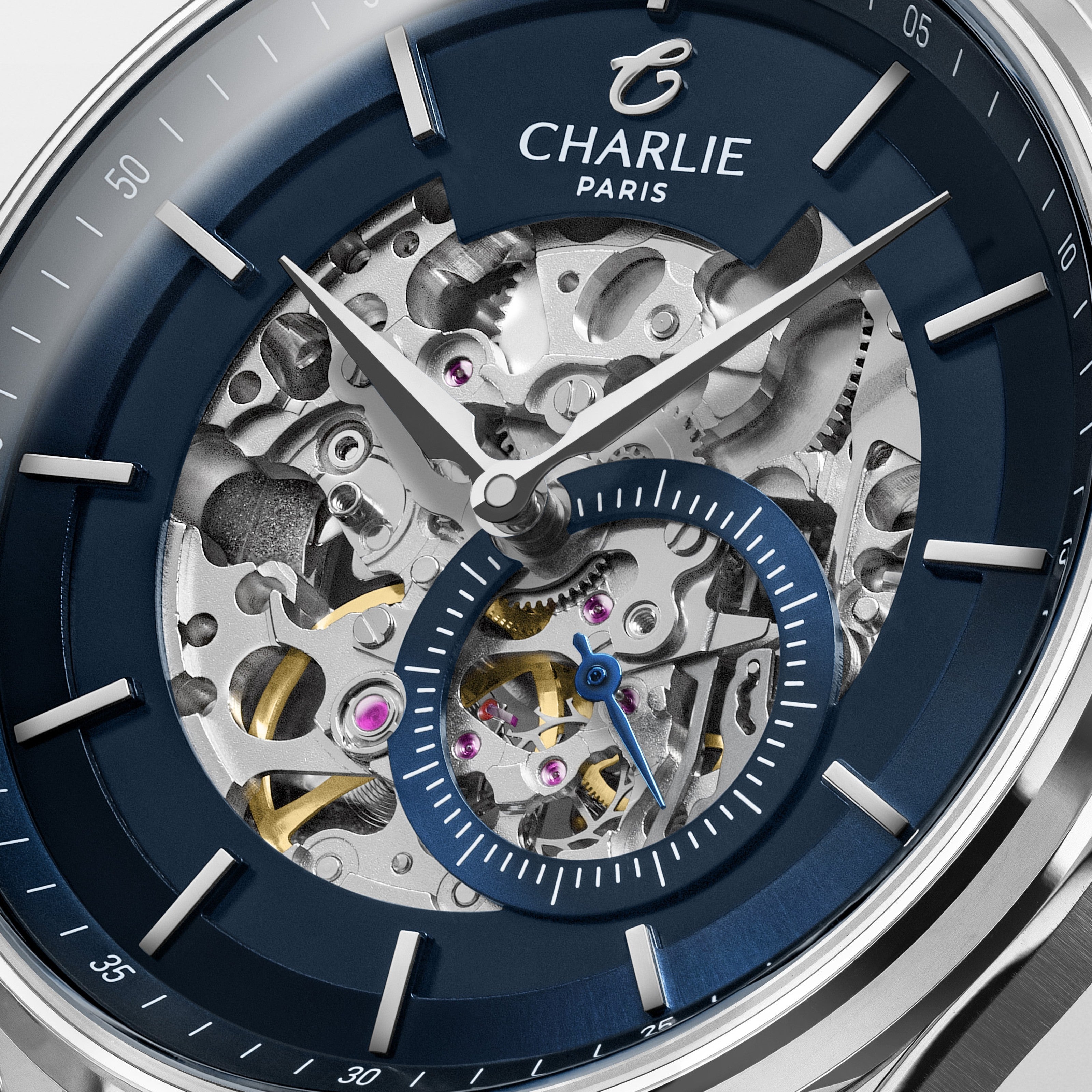
A watch's tolerance measures the daily variation in its time. From a few seconds to a minute, it reflects the unique rhythm of each automatic movement. With the Initial and Alliance collections fr...

A passionate watchmaker, Teresa precisely assembles Charlie Paris watches in our Parisian workshop. Discover her career, her vision of the profession, and what led her to us.

You've always wondered what the ATM marking on the back of your watch means. The Charlie team will reveal the different notions of waterproofing in order to protect your watch as well as possible.
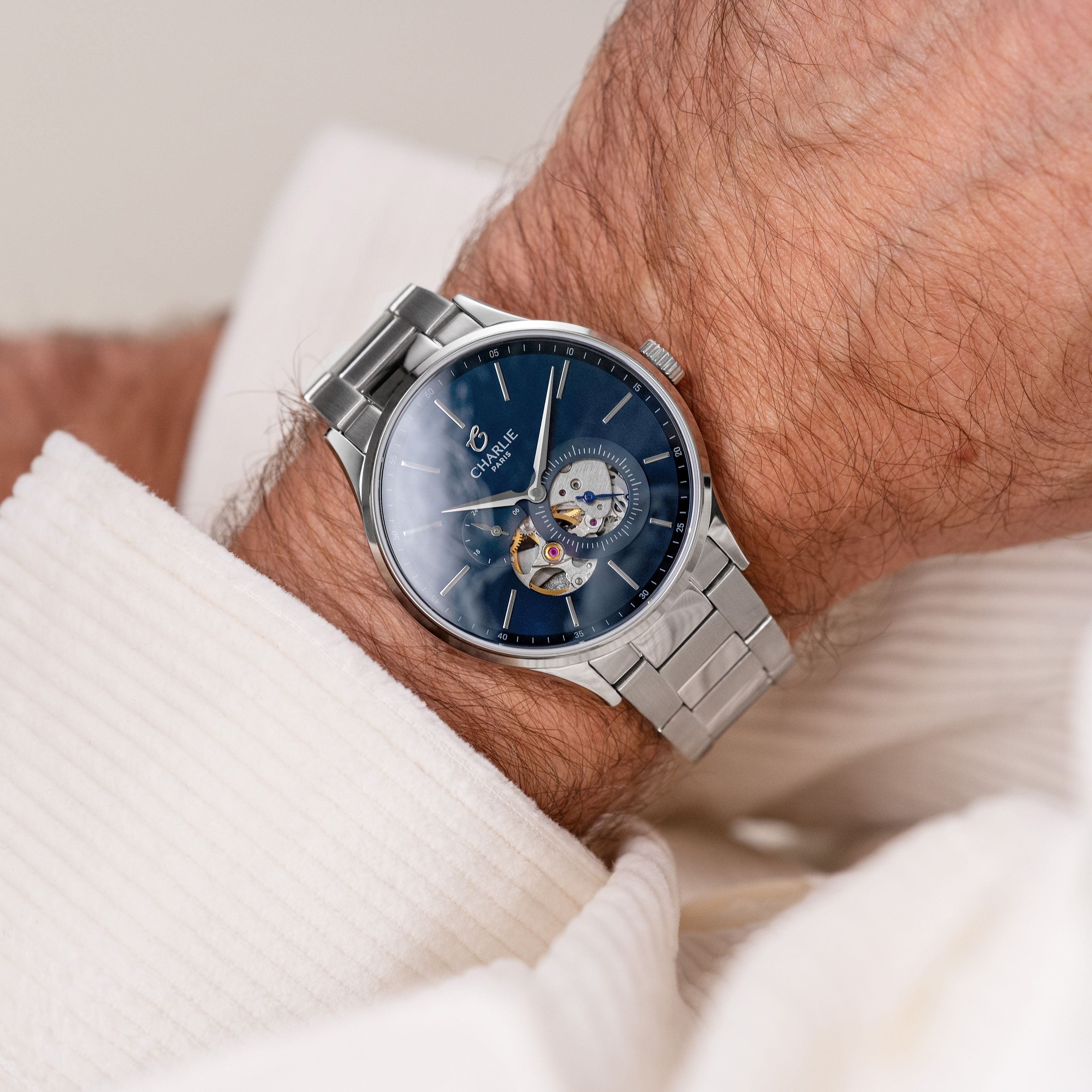
Today, Team Charlie Paris explains in this article all you need to know to take in hand and use correctly your mechanical watch with automatic winding.

Wearing an automatic or quartz watch while riding a bicycle or motorcycle can have certain consequences on the overall functioning of the watch. This is still possible if you respect certain condit...
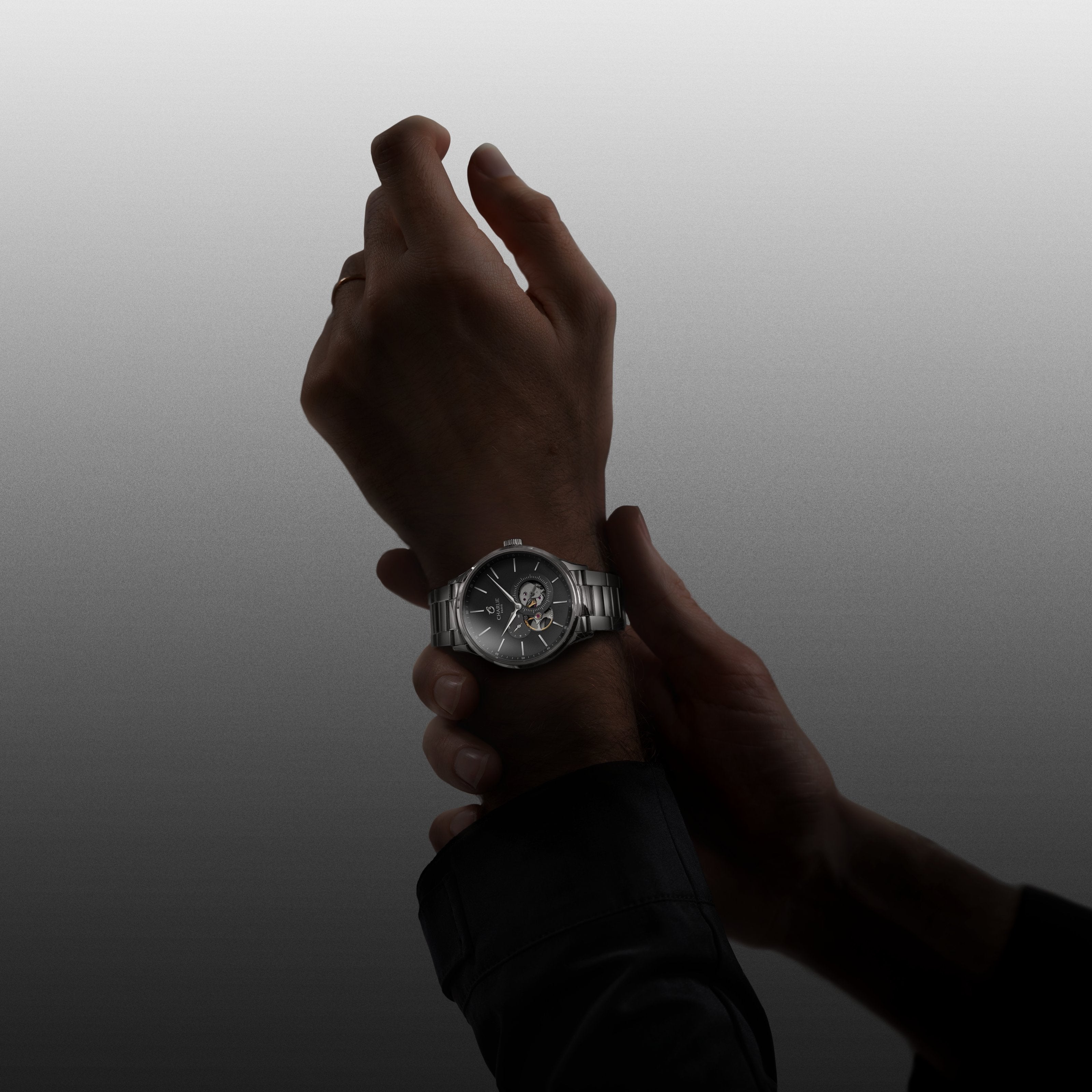
At Charlie Paris, it is important for us to offer you French made watches with a good quality price ratio. Discover our top 10 watches under 500€.
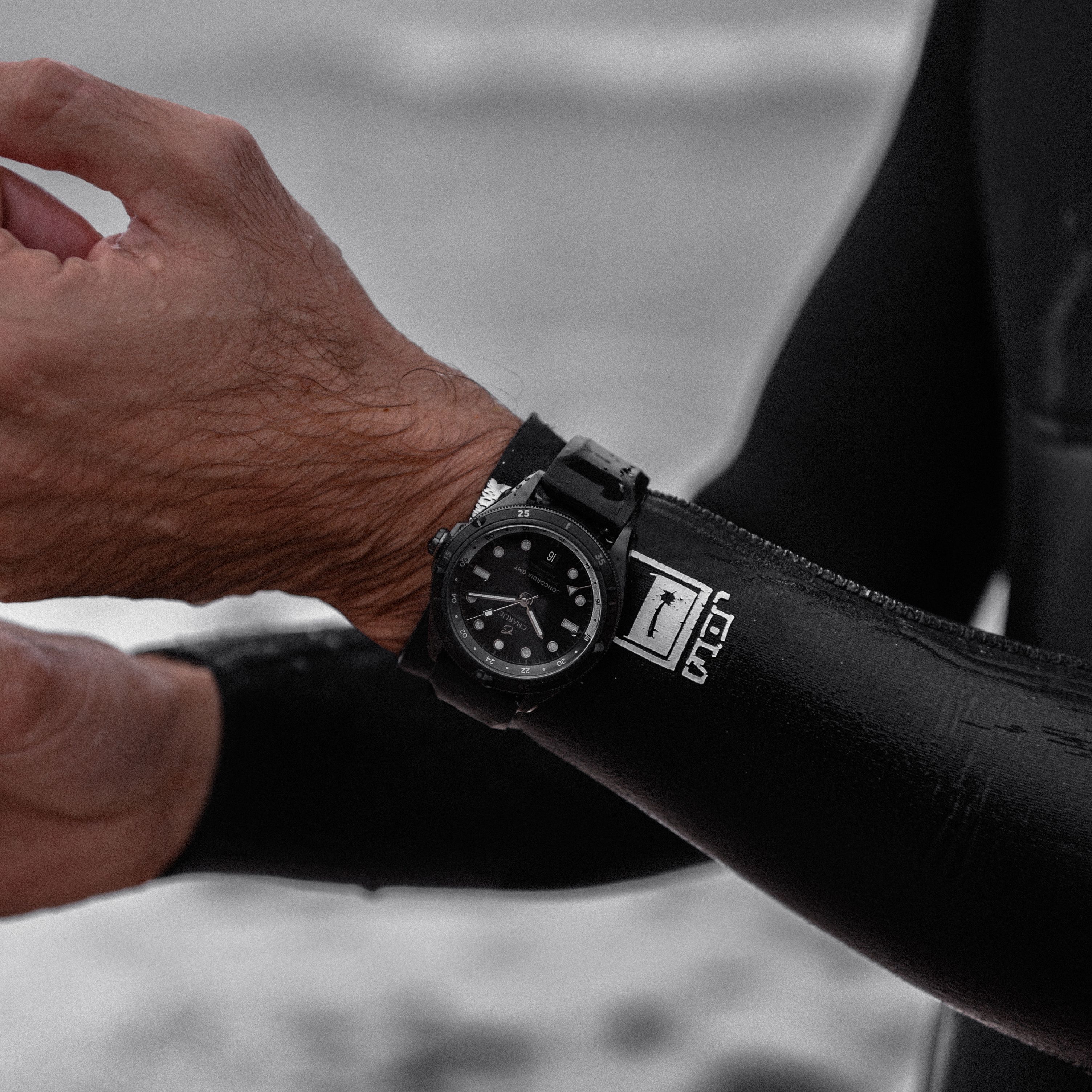
What does a "water-resistant" watch really mean? And what's the difference between a waterproof watch and a waterproof watch? We'll explain everything you need to know to make the right choice.
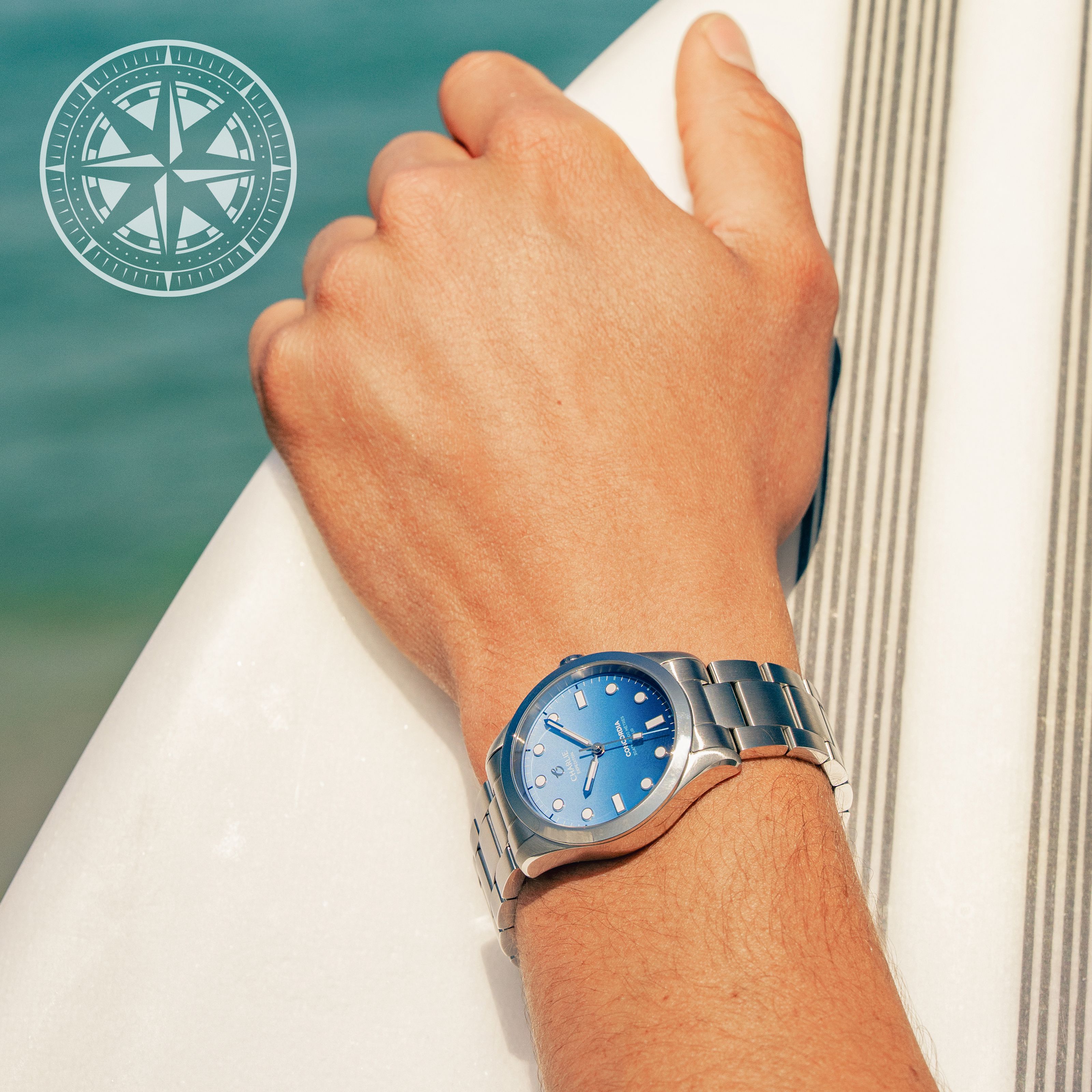
The Concordia Azur by Charlie Paris combines elegance and performance. A sports watch water-resistant to 300m, equipped with a Seiko VH31 sweep-second quartz movement, it seduces with its gradient...


